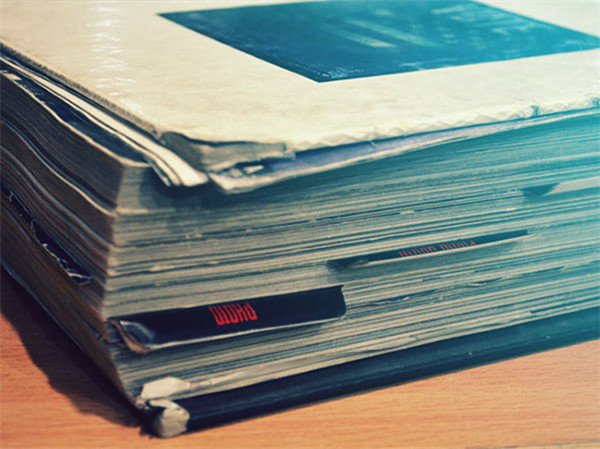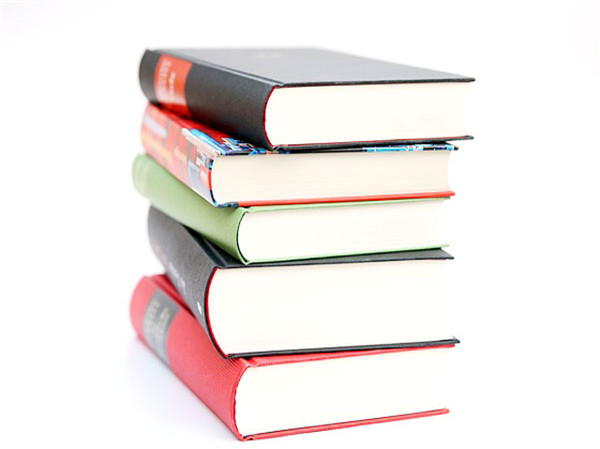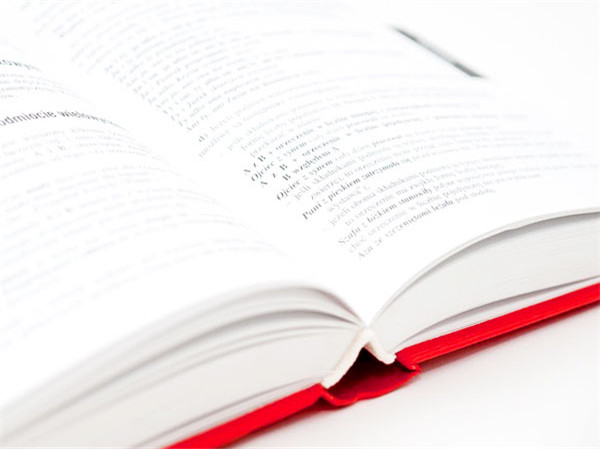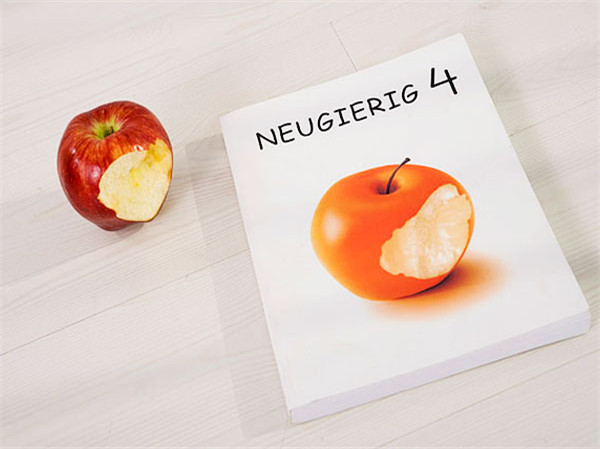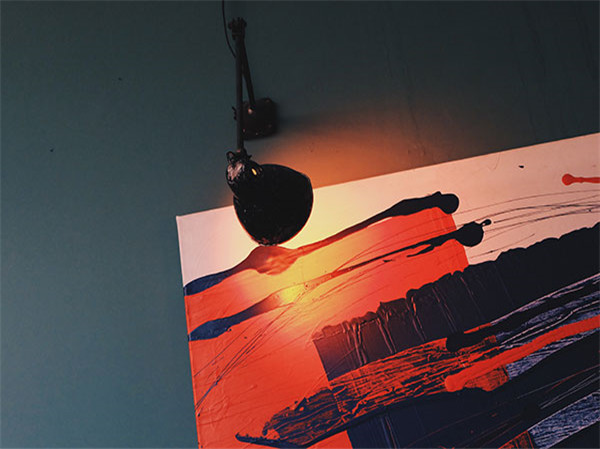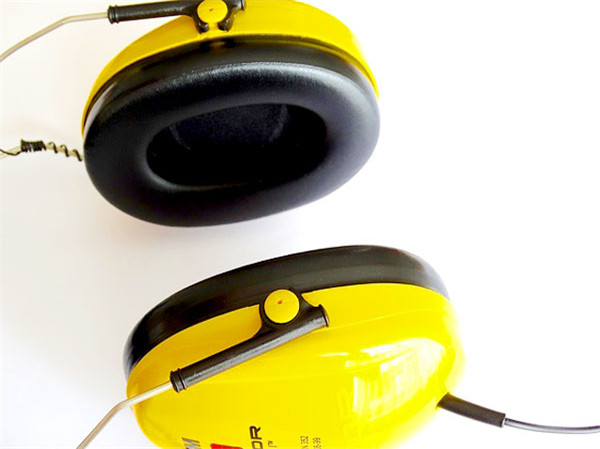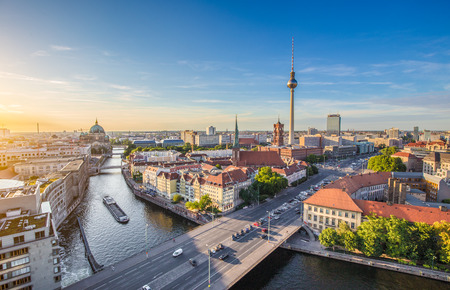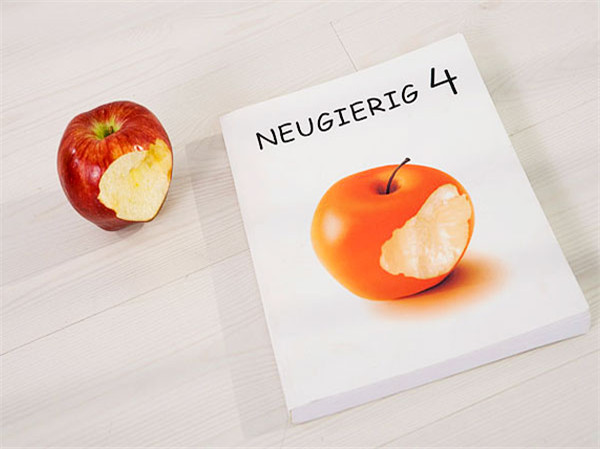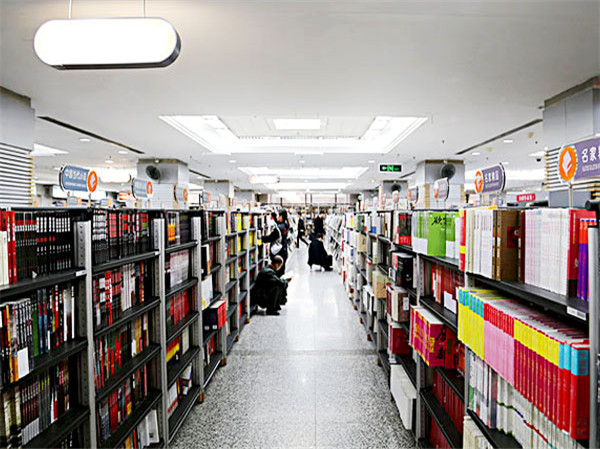现在大家在进行托福备考时官方真题Official托福模考软件相信是大家用的最多的工具了,对于托福成绩的提升是非常有帮助的。托福听力可以说是整个托福考试当中比较重要的一个部分,如何利用现有资料官方真题Official模考软件来提升大家的托福成绩呢?今天小编在这里整理了官方真题Official2托福听力Lecture2文本+题目+答案解析来分享给大家,希望对大家托福听力备考有帮助。

官方真题Official2托福听力Lecture2原文文本
Manila Hemp
Professor: Hi, everyone, good to see you all today. Actually, I expected the population to be a lot lower today. It typically runs between 50 and 60 percent on the day the research paper is due. Um, I was hoping to have your exams back today, but, uh, the situation was that I went away for the weekend, and I was supposed to get in yesterday at five, and I expected to fully complete all the exams by midnight or so, which is the time that I usually go to bed, but my flight was delayed, and I ended up not getting in until one o’clock in the morning. Anyway, I’ll do my best to have them finished by the next time we meet.
OK, in the last class, we started talking about useful plant fibers. In particular, we talked about cotton fibers, which we said were very useful, not only in the textile industry, but also in the chemical industry, and in the production of many products, such as plastics, paper, explosives, and so on. Today we’ll continue talking about useful fibers, and we’ll begin with a fiber that’s commonly known as “Manila hemp.”
Now, for some strange reason, many people believe that Manila hemp is a hemp plant. But Manila hemp is not really hemp. It’s actually a member of the banana family—it even bears little banana-shaped fruits. The “Manila” part of the name makes sense, because Manila hemp is produced chiefly in the Philippine Islands and, of course, the capital city of the Philippines is Manila.
Now, as fibers go, Manila hemp fibers are very long. They can easily be several feet in length and they’re also very strong, very flexible. They have one more characteristic that’s very important, and that is that they are exceptionally resistant to salt water. And this combination of characteristics—long, strong, flexible, resistant to salt water—makes Manila hemp a great material for ropes, especially for ropes that are gonna be used on ocean-going ships.
In fact, by the early 1940’s, even though steel cables were available, most ships in the United States Navy were not moored with steel cables; they were moored with Manila hemp ropes. Now, why was that? Well, the main reason was that steel cables degrade very, very quickly in contact with salt water. If you’ve ever been to San Francisco, you know that the Golden Gate Bridge is red. And it’s red because of the zinc paint that goes on those stainless steel cables.
That, if they start at one end of the bridge and they work to the other end, by the time they finish, it’s already time to go back and start painting the beginning of the bridge again, because the bridge was built with steel cables, and steel cables can’t take the salt air unless they’re treated repeatedly with a zinc-based paint.
On the other hand, plant products like Manila hemp, you can drag through the ocean for weeks on end. If you wanna tie your anchor to it and drop it right into the ocean, that’s no problem, because plant fibers can stand up for months, even years, in direct contact with salt water.
OK, so how do you take plant fibers that individually you could break with your hands and turn them into a rope that’s strong enough to moor a ship that weighs thousands of tons? Well, what you do is you extract these long fibers from the Manila hemp plant, and then you take several of these fibers, and you group them into a bundle, because by grouping the fibers you greatly increase their breaking strength—that bundle of fibers is much stronger than any of the individual fibers that compose it.
And then you take that bundle of fibers and you twist it a little bit, because by twisting it, you increase its breaking strength even more. And then you take several of these little bundles, and you group and twist them into bigger bundles, which you then group and twist into even bigger bundles, and so on, until eventually, you end up with a very, very strong rope.
查看官方真题Official2托福听力Lecture2的题目请进入下一页→→→
相关推荐
-
托福考试不小心按取消了怎么办
2025-03-20![托福考试不小心按取消了怎么办]()
-
最多考几次托福能过
2024-12-24![最多考几次托福能过]()
-
托福到底能考多少分?19年必练真题告诉你答案
APP专享![托福到底能考多少分?19年必练真题告诉你答案]()
-
有多少词汇量才可以参加托福
2024-12-03![有多少词汇量才可以参加托福]()
-
【官方真题Official托福阅读】官方真题Official3托福阅读词汇真题练习——pales&significance
2015-11-19![【官方真题Official托福阅读】官方真题Official3托福阅读词汇真题练习——pales&significance]()
-
【托福听力备考】官方真题Official听力高频词汇——文学讲座学科词汇汇总
2015-11-06![【托福听力备考】官方真题Official听力高频词汇——文学讲座学科词汇汇总]()
-
【官方真题Official托福阅读】官方真题Official3托福阅读词汇真题练习——ensuing&initial
2015-11-19![【官方真题Official托福阅读】官方真题Official3托福阅读词汇真题练习——ensuing&initial]()
-
【官方真题Official托福模考】官方真题Official4托福阅读词汇真题练习 adjacent&nearby
2015-12-04![【官方真题Official托福模考】官方真题Official4托福阅读词汇真题练习 adjacent&nearby]()
-
官方真题Official5托福阅读词汇真题练习——promote&complicate
2015-12-09![官方真题Official5托福阅读词汇真题练习——promote&complicate]()
-
官方真题Official5托福阅读词汇真题练习——afford&offer
2015-12-09![官方真题Official5托福阅读词汇真题练习——afford&offer]()
-
官方真题Official5托福阅读词汇真题练习——overwhelm&powerful
2015-12-09![官方真题Official5托福阅读词汇真题练习——overwhelm&powerful]()
-
官方真题Official4托福阅读词汇真题练习——rebound&decline
2015-12-04![官方真题Official4托福阅读词汇真题练习——rebound&decline]()
-
【官方真题Official托福阅读】官方真题Official3托福阅读词汇真题练习——adjacent&neighbor
2015-11-19![【官方真题Official托福阅读】官方真题Official3托福阅读词汇真题练习——adjacent&neighbor]()
-
【托福阅读备考】官方真题Official1托福阅读词汇真题练习——championed&attributes
2015-11-09![【托福阅读备考】官方真题Official1托福阅读词汇真题练习——championed&attributes]()
-
【托福听力提分】有效使用托福听力官方真题Official的4个阶段详解
2015-10-28![【托福听力提分】有效使用托福听力官方真题Official的4个阶段详解]()
-
【考托写作资料】小站独家深度解析官方原题Official32——综合写作 Reading
2014-06-13![【考托写作资料】小站独家深度解析官方原题Official32——综合写作 Reading]()
-
【官方真题Official托福阅读】官方真题Official3托福阅读词汇真题练习——arduous&difficult
2015-11-19![【官方真题Official托福阅读】官方真题Official3托福阅读词汇真题练习——arduous&difficult]()
-
【托福听力备考】官方真题Official听力高频词汇——建筑讲座学科词汇汇总
2015-11-06![【托福听力备考】官方真题Official听力高频词汇——建筑讲座学科词汇汇总]()
-
官方真题Official5托福阅读词汇真题练习——implement&skill
2015-12-09![官方真题Official5托福阅读词汇真题练习——implement&skill]()
-
【官方真题Official托福阅读】官方真题Official3托福阅读词汇真题练习——inevitable&final
2015-11-19![【官方真题Official托福阅读】官方真题Official3托福阅读词汇真题练习——inevitable&final]()
-
【托福阅读备考】官方真题Official1托福阅读词汇真题练习——plugged&washed
2015-11-09![【托福阅读备考】官方真题Official1托福阅读词汇真题练习——plugged&washed]()
定制专属课程规划
领取成功
添加助教,定制你的专属课程规划

每日提分任务
专业提分资料
全程督学答疑









